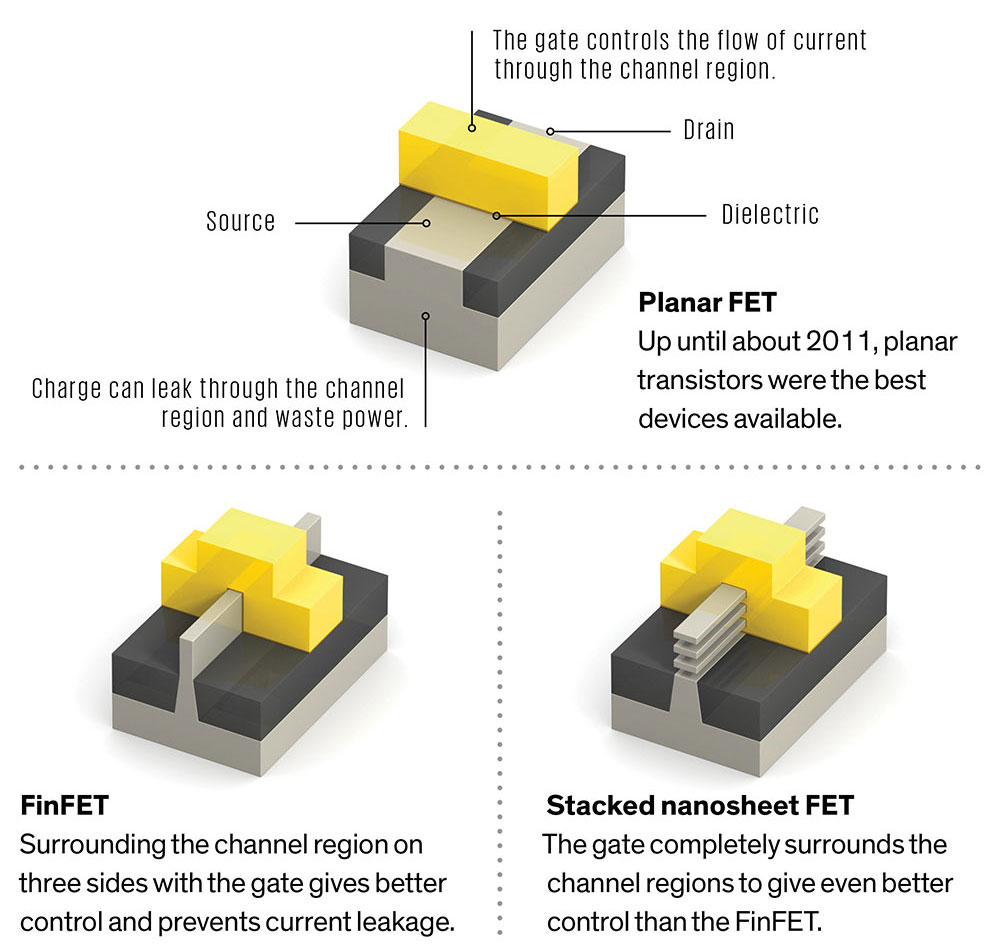Nanosheets are a type of atomically thin, two-dimensional material that has attracted considerable attention in recent years due to its unique physical and chemical properties. Nanosheets can be made from a variety of materials, including semiconductors, metals, and carbon-based materials such as graphene.
While nanosheets have been known for centuries, it was only recently that advances in fabrication techniques have allowed for their production on a large scale. As a result, nanosheets are now being studied for a wide range of potential applications, including flexible electronics, optoelectronics, energy storage, and catalysis.
One key advantage of nanosheets is their large surface area-to-volume ratio. This allows them to exhibit better performance than bulk materials in many applications where surface interactions are important. For example, nanosheets can be used as catalysts because they provide more active sites for chemical reactions to occur. In addition, the large surface area of nanosheets also makes them ideal candidates for use in energy storage devices such as batteries and supercapacitors.
Another key advantage of nanosheets is their flexibility. This enables them to be integrated into flexible electronics devices such as OLEDs and solar cells. Additionally, the flexibility of nanosheets also opens up the possibility of using them in “smart” clothes and other wearable technologies.
Finally, nanosheets can be produced using a variety of different methods depending on the desired material properties. For instance, vapor deposition methods can be used to produce semiconductor nanomaterials with well-defined edges and high crystallinity levels suitable for electronic applications while solution-based methods are more suited for producing carbonaceous materials like graphene with low defects levels ideal for optoelectronic or spintronic devices .


